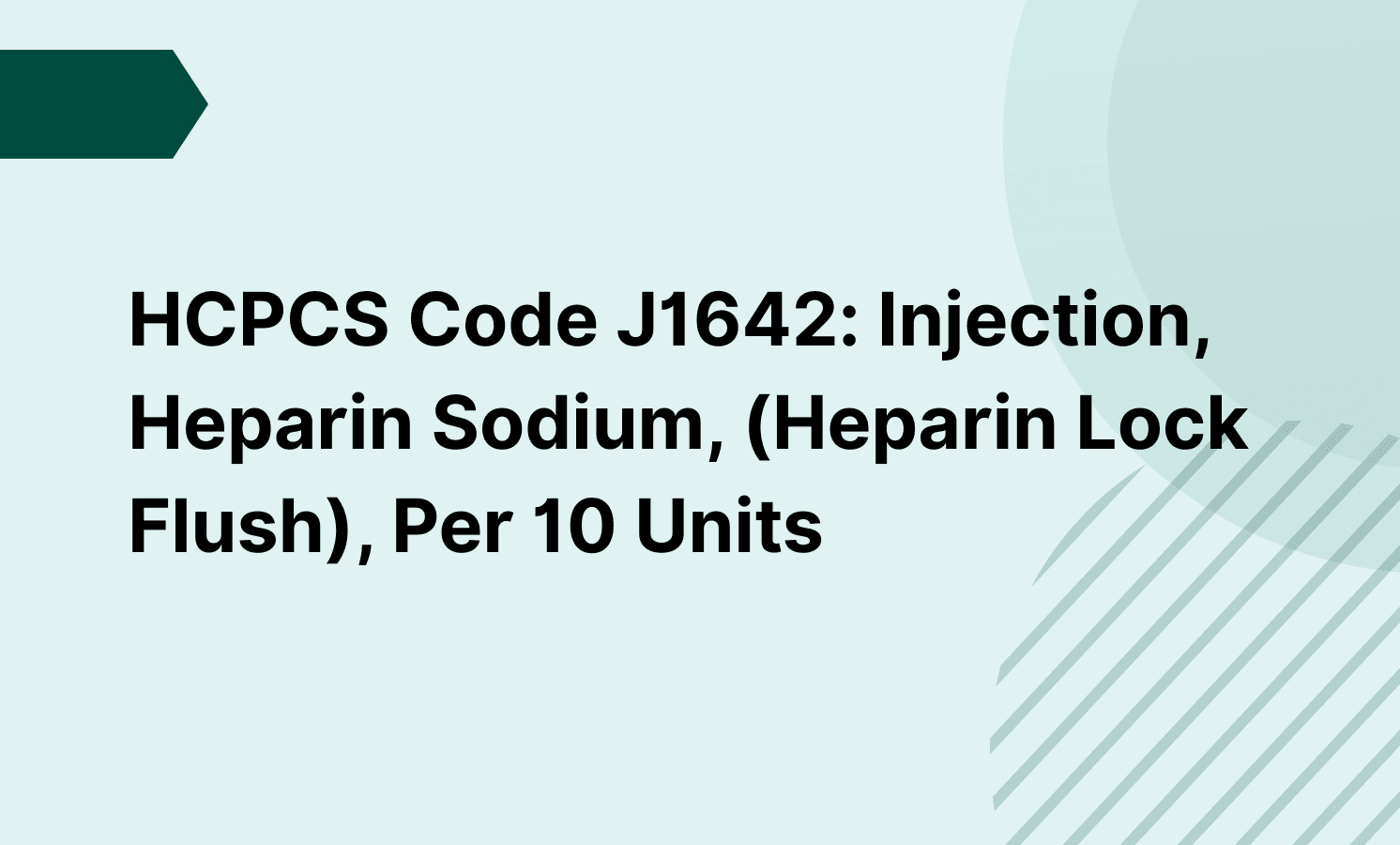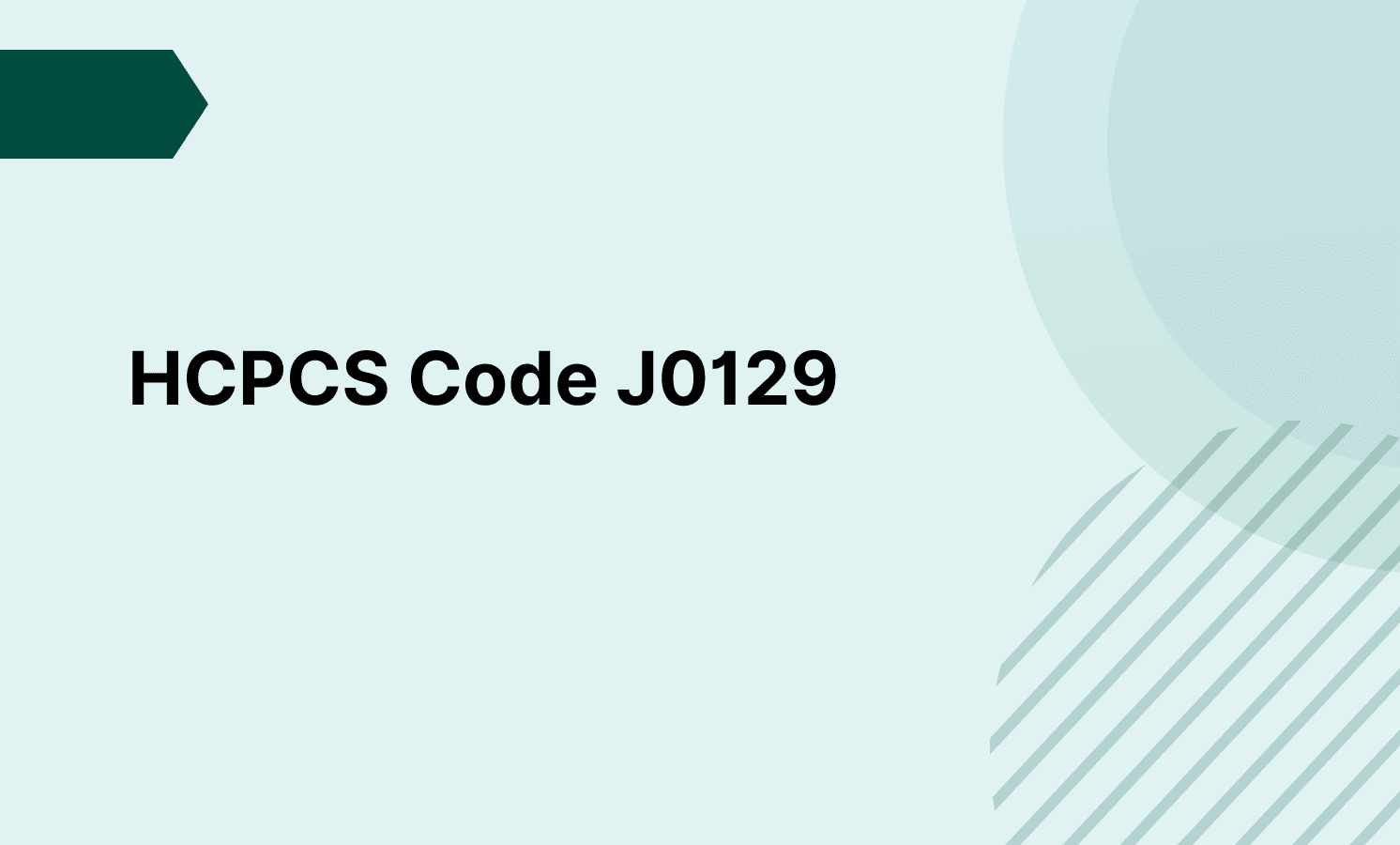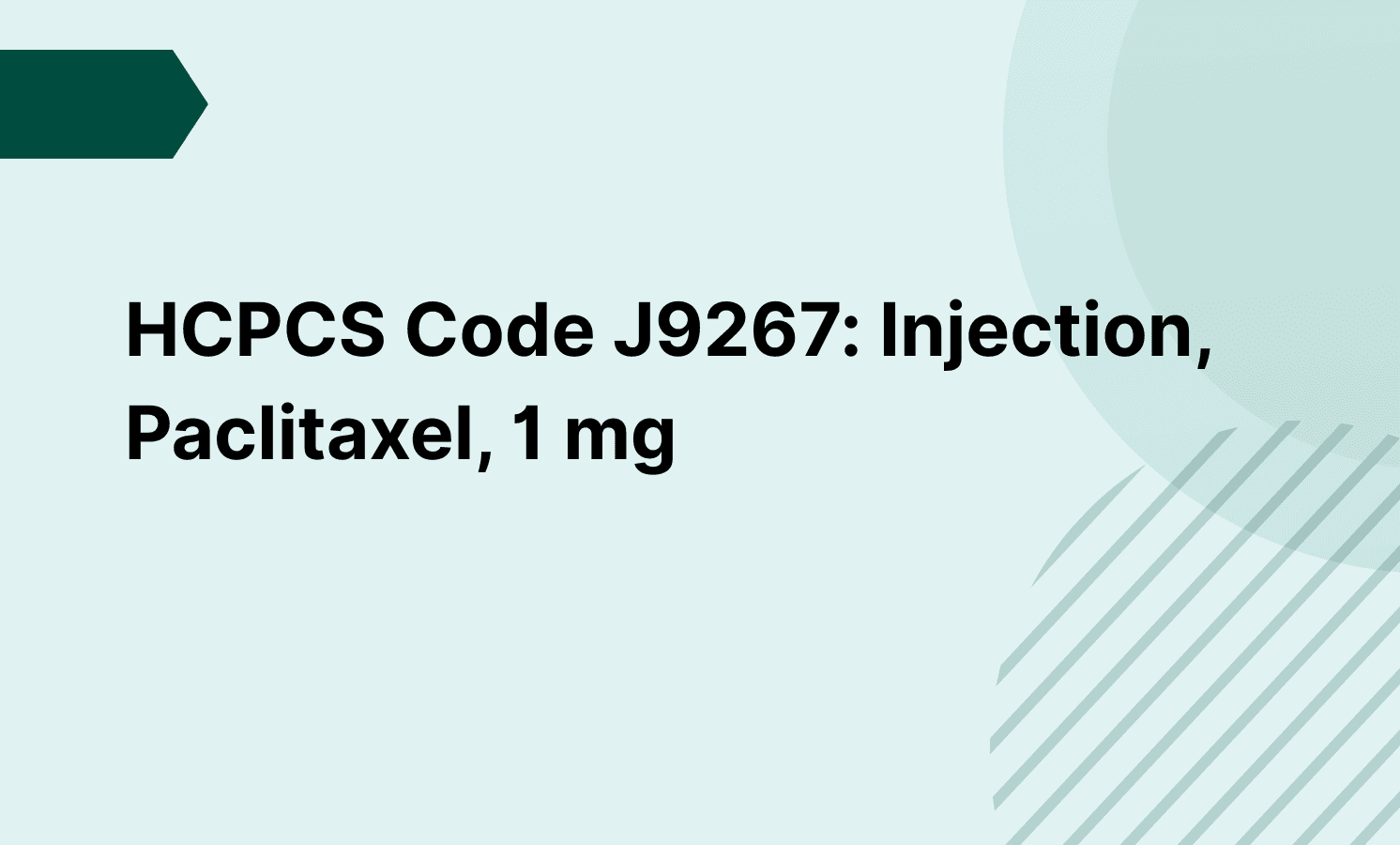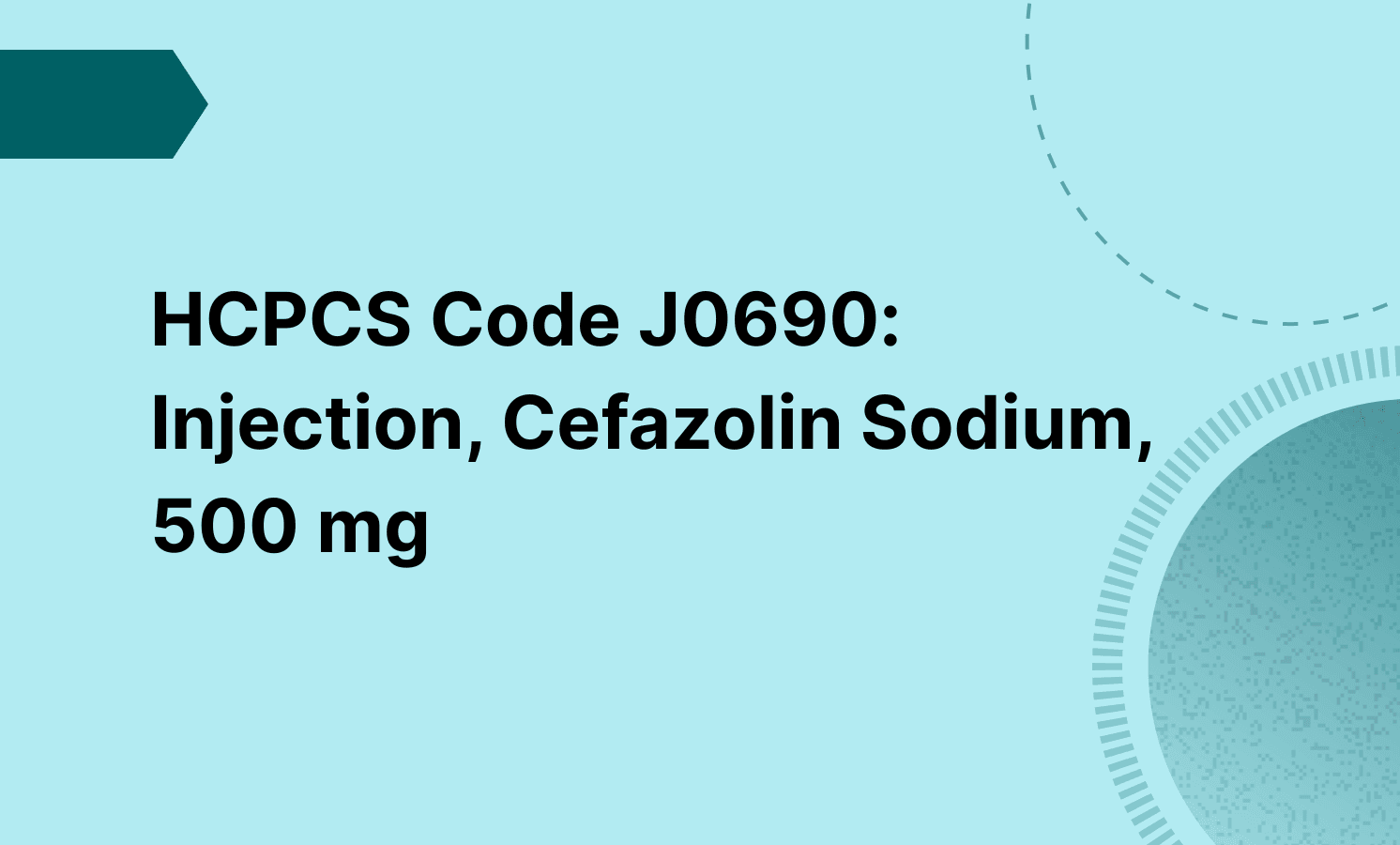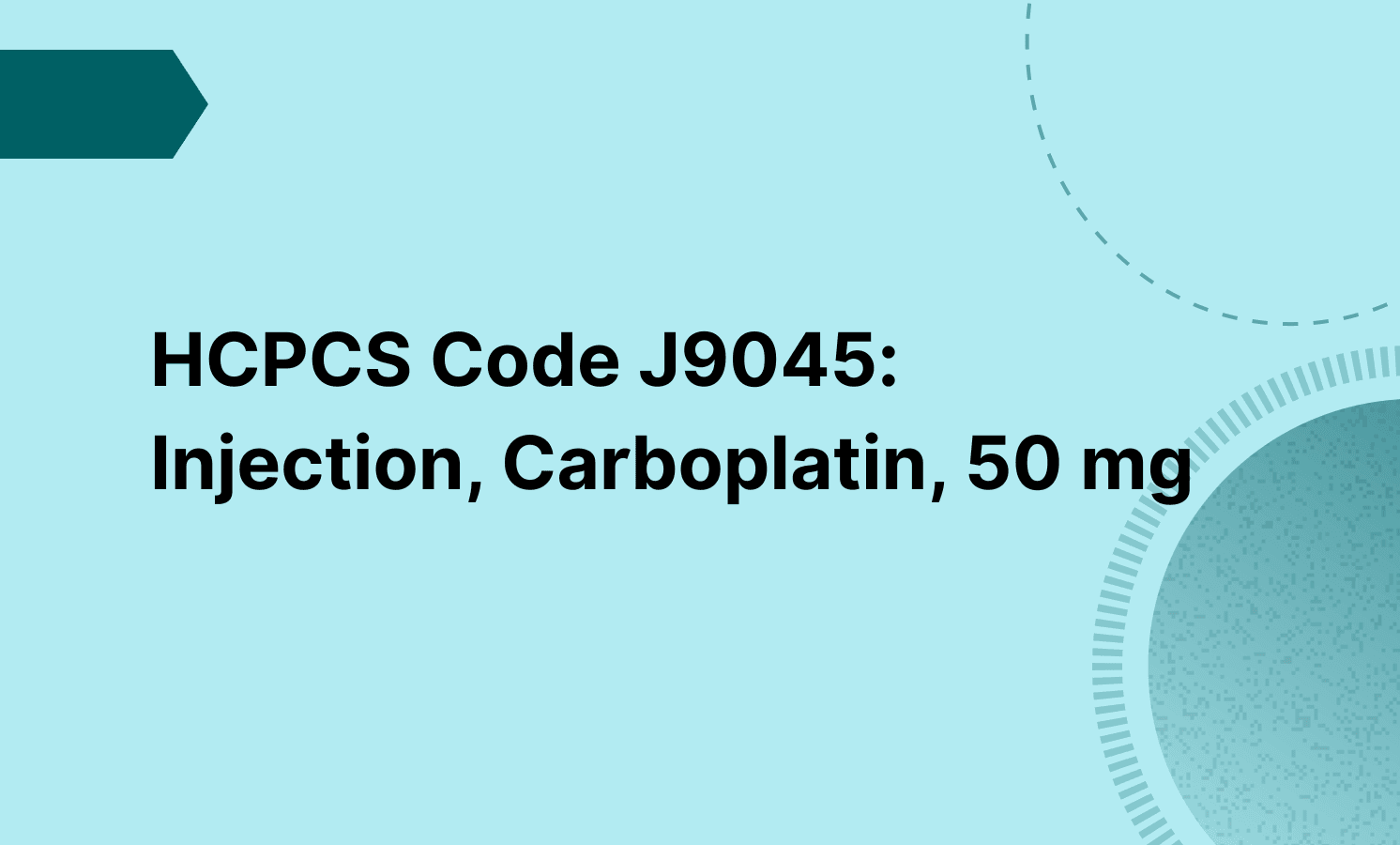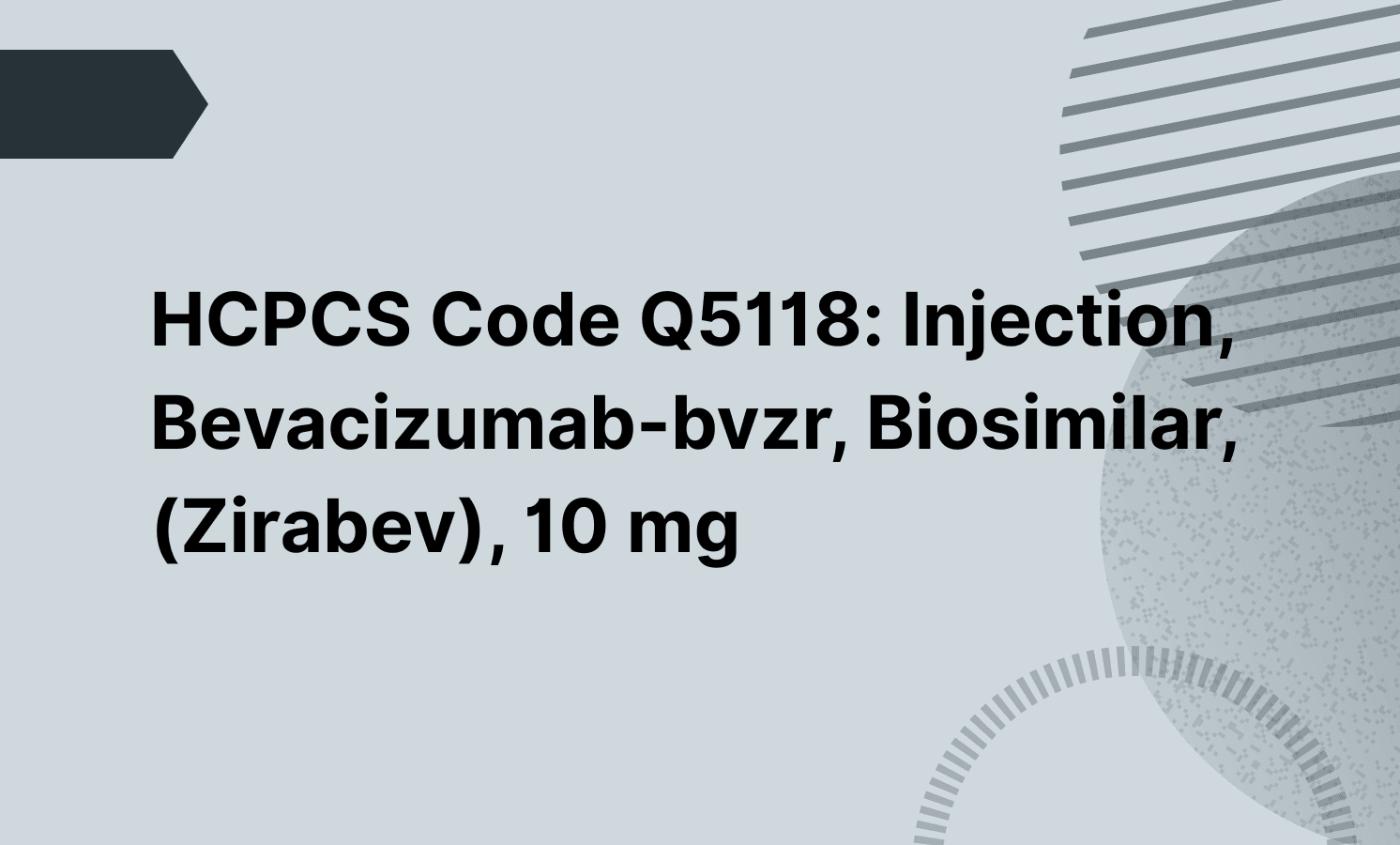CPT code 88305 is used by healthcare providers to report microscopic examination services of moderately complex tissue specimens, such as biopsies or excisions from the skin, breast, or gastrointestinal tract. It covers both gross and microscopic pathology review and must follow proper coding and reimbursement guidelines to ensure accurate claim processing and payment.
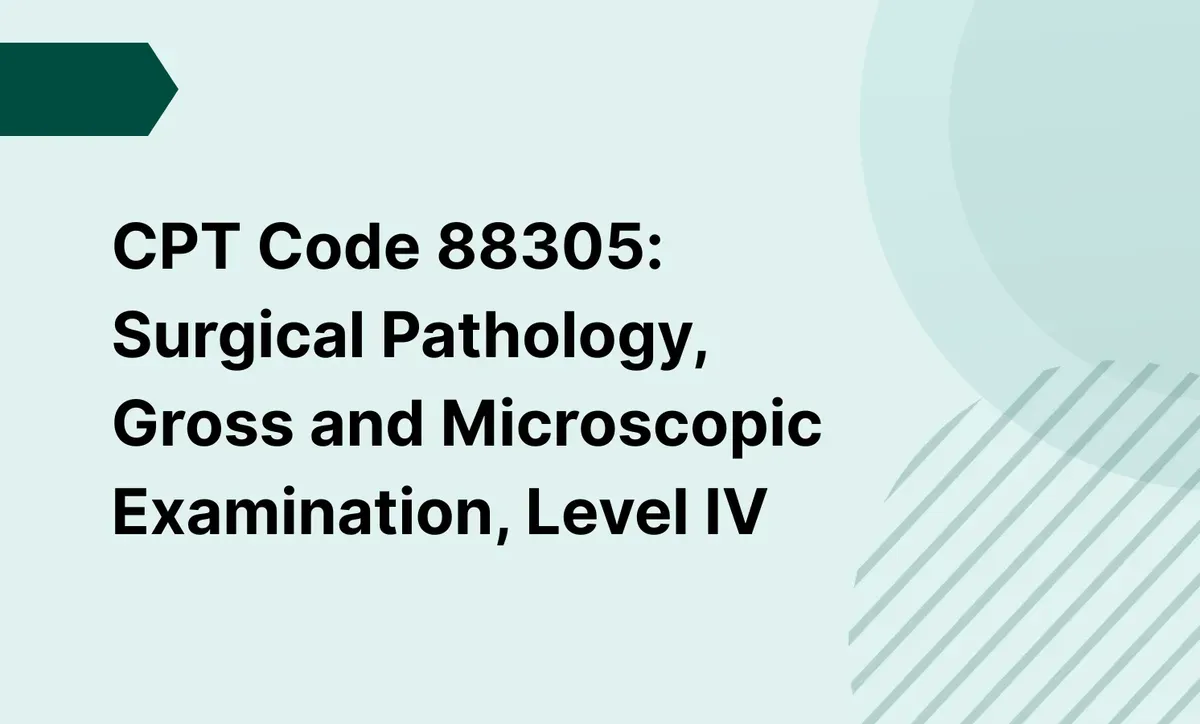
CPT Code 88305: Surgical Pathology, Gross and Microscopic Examination, Level IV
Understand CPT code 88305 for gross and microscopic surgical pathology exams, including documentation needs, billing processes, and other related CPT codes.
Frequently asked questions
Biopsy pathology is typically billed using CPT 88305, which applies to the evaluation of biopsy specimens requiring both gross and microscopic analysis. Selection of the correct code depends on specimen complexity, and adherence to proper coding and reimbursement guidelines is essential for timely reimbursement.
There is no specific CPT code solely for deep tissue laser therapy, but CPT 97026 (application of infrared therapy) is commonly used when medically necessary. Healthcare providers must document medical necessity and use proper coding to meet payer reimbursement guidelines for therapeutic procedures.
EHR and practice management software
Get started for free
*No credit card required
Free
$0/usd
Unlimited clients
Telehealth
1GB of storage
Client portal text
Automated billing and online payments

